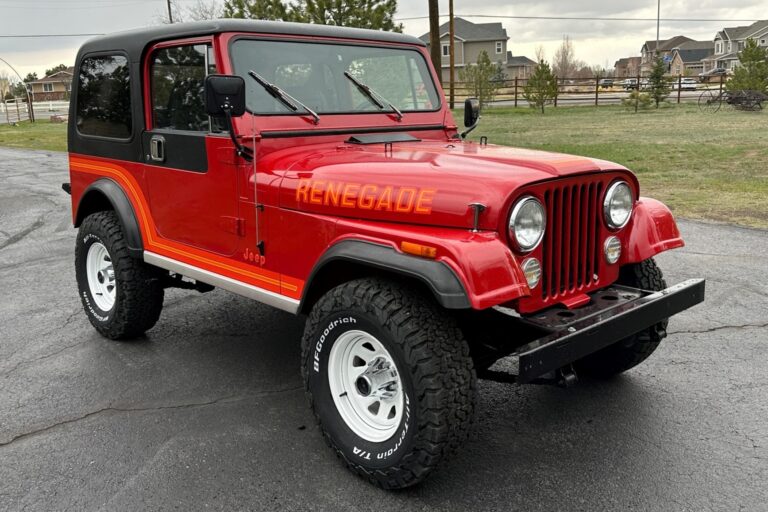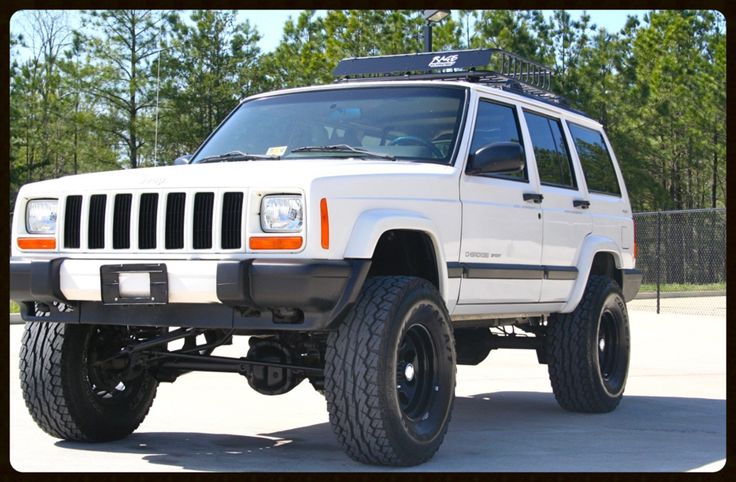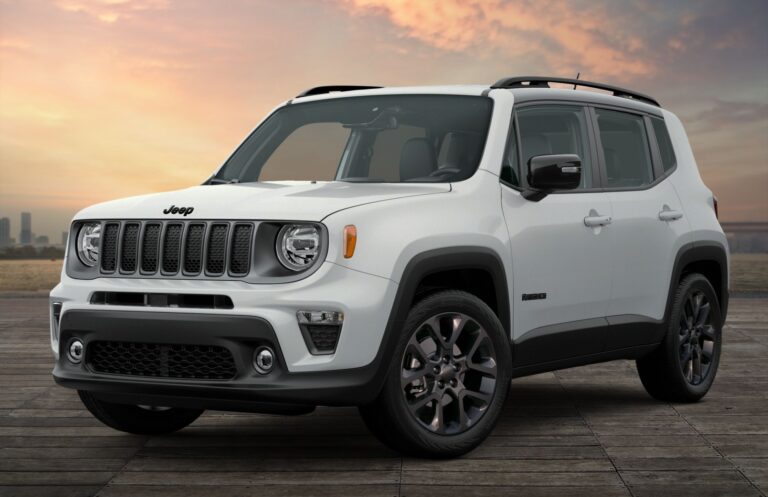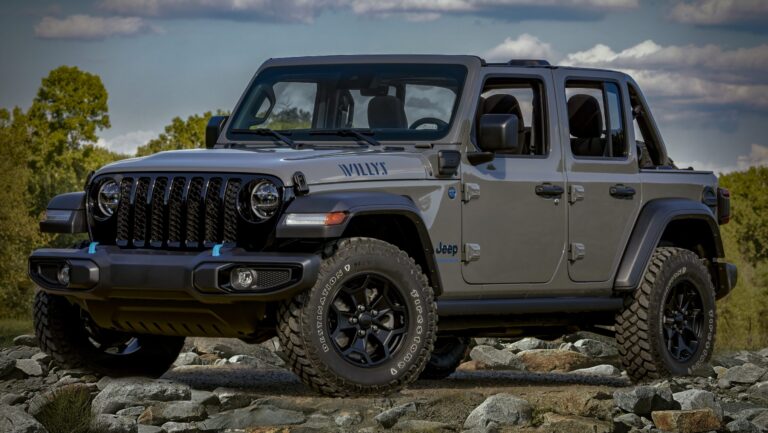Jeep Rubicon Axles For Sale: Your Ultimate Guide to Upgrading Your Off-Road Beast
Jeep Rubicon Axles For Sale: Your Ultimate Guide to Upgrading Your Off-Road Beast jeeps.truckstrend.com
For any serious off-road enthusiast, the name "Rubicon" evokes images of rugged capability, unwavering traction, and the ability to conquer the toughest trails. At the heart of this legendary performance are the robust axles that come standard on Jeep Rubicon models. When it comes to upgrading a non-Rubicon Jeep, or replacing damaged components on an existing Rubicon, the quest for Jeep Rubicon axles for sale becomes a pivotal step in transforming a capable vehicle into an unstoppable off-road machine.
This comprehensive guide will delve into everything you need to know about acquiring these coveted components. We’ll explore why they’re so sought after, the different types available, where to find them, crucial considerations before buying, and what to expect during the installation process.
Jeep Rubicon Axles For Sale: Your Ultimate Guide to Upgrading Your Off-Road Beast
The Allure of Jeep Rubicon Axles: Why They’re a Must-Have Upgrade
Jeep Rubicon axles aren’t just any ordinary axles; they are purpose-built for extreme off-road duty, offering significant advantages over their Sport or Sahara counterparts. Their desirability stems from a combination of enhanced strength, factory-installed features, and optimal gearing, making them a popular choice for upgrades.
-
Superior Strength and Durability: While standard Jeep Wranglers (Sport, Sahara) often come with Dana 30 front axles and Dana 35 or light-duty Dana 44 rear axles, Rubicon models are equipped with heavy-duty Dana 44 axles (or the even stronger Dana 44 Advantek on JL/JT models) both front and rear. These axles feature larger axle tubes, stronger internal components, and robust housings designed to withstand the immense stresses of rock crawling, mud bogging, and aggressive trail riding. This increased durability significantly reduces the risk of axle failure, especially when running larger tires.
-
Factory Electric Lockers (Tru-Lok): Perhaps the most compelling reason to seek out Rubicon axles is the integrated Tru-Lok electric lockers. These selectable lockers, engaged with the push of a button from the factory, provide true 100% lock-up of the differential. This means both wheels on an axle spin at the same speed, maximizing traction in low-traction situations where one wheel might lift off the ground or lose grip. Adding aftermarket lockers can be an expensive and complex undertaking, making factory Rubicon axles an attractive all-in-one solution.

-
Optimal Factory Gearing: Rubicon models typically come with lower (numerically higher) gear ratios, such as 4.10:1 (common in JK and early JL) or 3.73:1 (in some JLs, particularly with automatics), compared to the higher ratios (e.g., 3.21:1, 3.45:1) found in many Sport and Sahara models. This lower gearing is ideal for turning larger tires and improving crawl ratio, providing more torque at the wheels for better control and power delivery on challenging terrain. Upgrading gearing in non-Rubicon axles is costly, involving new ring and pinion sets and professional setup.
-
Integrated Disconnect Sway Bar (Front Axle): JK and JL Rubicon front axles often come with the factory electronic sway bar disconnect system. This feature allows drivers to electronically disconnect the front sway bar at low speeds, increasing wheel articulation for improved off-road performance, then reconnect it for safe on-road driving.
For these reasons, acquiring Jeep Rubicon axles for sale represents a significant leap in off-road capability, often at a more cost-effective price point than piecing together individual aftermarket upgrades.
Understanding the Types: JK, JL, and JT Rubicon Axles
While all Rubicon axles offer superior performance, there are distinct differences between the generations that buyers need to be aware of for compatibility and performance considerations.
-
JK Rubicon Axles (2007-2018 Wrangler JK/JKU):
- Front Axle: Dana 44 (High Pinion). Features an electric locker and often 4.10 gearing. The bolt pattern is 5×5" (5 on 127mm). Steering and brake components are typically included.
- Rear Axle: Dana 44 (Low Pinion). Also features an electric locker and matches the front’s gearing. Bolt pattern is 5×5".
- Key Notes: These are excellent upgrades for Sport/Sahara JKs. When swapping into TJs or older Jeeps, significant modification (perches, mounts, driveshafts, steering) is required.
-
JL/JT Rubicon Axles (2018+ Wrangler JL/JLU, 2020+ Gladiator JT):
- Front Axle: Dana 44 Advantek (High Pinion). These are a significant upgrade over the JK Dana 44s, featuring larger diameter axle tubes (3.125" vs. 2.75"), revised axle shafts, and a new generation of electric lockers. The bolt pattern is 5×5" (5 on 127mm).
- Rear Axle: Dana 44 Advantek (Low Pinion). Similar improvements over the JK rear axle.
- Key Notes: These are the strongest factory Jeep axles to date. They are ideal for JL/JT upgrades or replacements. Swapping them into JKs or older Jeeps is more challenging than JK axles due to different mounting points, sensor requirements, and potentially wider overall width. The locker wiring is also different.
Where to Find Jeep Rubicon Axles For Sale
The hunt for used Rubicon axles requires patience, diligence, and knowing where to look.
-
Online Marketplaces:
- Facebook Marketplace/Groups: Highly active, especially in Jeep-specific buy/sell/trade groups. You can often find local sellers.
- Craigslist: Good for local deals, but requires careful vetting of sellers.
- Dedicated Jeep Forums: Websites like JK-Forum, JLWranglerForums, Wayalife, and various off-road enthusiast forums often have classified sections where members sell parts.
- eBay: Can be a good source, but shipping heavy axles can be very expensive.
-
Salvage Yards / Auto Recyclers: Jeeps involved in accidents are often parted out. Reputable salvage yards specializing in late-model vehicles might have complete axle assemblies. This can be a goldmine, but thorough inspection is paramount.
-
Specialized Jeep Part Dealers / Aftermarket Shops: Some shops specialize in parting out damaged Jeeps or offer rebuilt Rubicon axles. While potentially more expensive, they often come with a warranty or guarantee of condition.
-
Off-Road Swap Meets: If you’re lucky enough to have these events in your area, they can be great places to find parts and negotiate prices in person.
Key Considerations Before Buying
Purchasing used axles is a significant investment and requires careful due diligence to avoid costly mistakes.
-
Thorough Inspection:
- Rust: Surface rust is common, but look for deep, pitting rust that could compromise structural integrity.
- Bent Tubes: Inspect the axle tubes for any signs of bending or damage. A straightedge can help.
- Differential Housing: Check for cracks, leaks, or signs of impact.
- Pinion Seal: Look for leaks around the pinion.
- Ball Joints & U-Joints: While often replaceable, check their condition. Excessive play indicates wear.
- Brake Components: Check rotors, calipers, and pads. These might need replacement.
- Axle Shafts: Check for straightness and spline integrity.
- Locker Functionality: If possible, test the locker engagement with 12V power. Listen for the solenoid click and feel for resistance in the differential.
-
Gearing Confirmation: Always confirm the gear ratio. Look for tags on the differential cover, or, if possible, count revolutions of the driveshaft flange to the wheel. Ensure it matches your needs and the front/rear pair.
-
Compatibility:
- Bolt Pattern: Ensure it matches your wheels (Rubicon axles are 5×5").
- Width: JK axles are generally the same width as other JK models. JL/JT axles are slightly wider. Be aware if you’re swapping generations.
- Mounting Points: Critically important for non-direct swaps (e.g., JK axles into a TJ, or JL axles into a JK). You will need to cut off old perches/brackets and weld on new ones, requiring fabrication skills or professional help.
- Sensor Compatibility: JL/JT axles have different ABS/speed sensor designs than JKs, which can complicate swaps.
-
Completeness: Confirm what’s included: complete axle assembly (from hub to hub), brakes (calipers, rotors), steering components, ABS sensors, and the locker wiring harness. Missing components will add to your cost.
-
Shipping & Logistics: Axles are heavy! Factor in freight shipping costs if buying from a distance. Get a firm quote before committing. Local pick-up is always preferred.
-
Budget Beyond Purchase Price: Remember to factor in the cost of new fluids, seals, possibly ball joints, U-joints, brake lines, driveshaft modifications, locker wiring, and professional installation if you’re not doing it yourself.
The Installation Process: A Brief Overview
Installing Rubicon axles can range from a relatively straightforward bolt-in for same-generation upgrades (e.g., JK Sport to JK Rubicon) to a complex fabrication project for cross-generation swaps.
- DIY vs. Professional: If you have mechanical experience, a well-equipped garage, and the necessary tools (jack stands, floor jack, impact wrench, torque wrench, brake bleeder), a direct swap is feasible. However, for any welding, cutting, or complex wiring, professional installation at a reputable off-road shop is highly recommended to ensure safety and optimal performance.
- Key Steps: The process typically involves supporting the vehicle, disconnecting wheels, brakes, driveshafts, steering components, and suspension links. The old axle is removed, and the new Rubicon axle is installed in reverse order. Brake lines are reconnected and bled, and the locker wiring needs to be integrated (which can be the trickiest part for non-Rubicons).
- Additional Parts: You may need new extended brake lines, custom driveshafts (if changing lengths or yokes), new suspension components (if lifting or changing geometry), and wiring harnesses/modules for the lockers if your Jeep isn’t pre-wired.
Potential Challenges and Solutions
- Finding a Matching Set: It can be hard to find a front and rear axle from the same donor vehicle with matching gearing. Be patient and willing to travel or pay for shipping.
- Damaged Components: Despite inspection, hidden damage can appear. Be prepared for potential replacement of wear items like ball joints, U-joints, or seals immediately after purchase.
- Locker Wiring for Non-Rubicons: This is a common hurdle. Aftermarket wiring kits are available, or you can custom wire them using relays and switches. Some advanced setups might integrate with an AEV ProCal module for factory-like control.
- Compatibility Issues: For cross-generation swaps, extensive fabrication for mounting brackets, driveshaft modifications, and dealing with different sensor types are the main challenges. Research thoroughly and consult with experienced fabricators.
- High Shipping Costs: To mitigate, search for local sellers first, or be prepared to pay hundreds of dollars for freight shipping.
Representative Price Table: Jeep Rubicon Axles For Sale
Please note: Prices for used axles vary significantly based on condition, completeness (with brakes, steering), mileage, specific gearing, and the seller/source. The table below provides estimated ranges for a complete front and rear set.
| Axle Type | Condition | Estimated Price Range (USD) | Key Factors Affecting Price |
|---|---|---|---|
| JK Rubicon (D44 F&R) | Used, Good | $2,500 – $4,500 | Mileage, rust, completeness (brakes, steering, sensors), gearing (4.10 preferred) |
| Rebuilt/Low Mileage | $4,000 – $6,000 | Warranty, professional rebuild, new wear parts | |
| JL/JT Rubicon (D44 Advantek F&R) | Used, Good | $4,000 – $7,000 | Lower availability, newer tech, mileage, completeness, 4.10 gearing |
| Rebuilt/Low Mileage | $6,500 – $9,000+ | Warranty, professional rebuild, new wear parts, latest model year | |
| Individual Axle | Used, Good (Front or Rear) | $1,200 – $3,500 | Similar factors as above, often higher per-axle cost than a set |
Disclaimer: These are rough estimates. Always verify current market prices and thoroughly inspect any potential purchase.
Frequently Asked Questions (FAQ)
Q1: Are Rubicon axles worth the investment?
A1: Absolutely, especially if you plan on serious off-roading, running larger tires (35" or more), or want factory lockers and optimal gearing without the high cost of aftermarket equivalents. They significantly enhance durability and capability.
Q2: Can I put Rubicon axles on a Sport or Sahara model?
A2: Yes! This is a very common upgrade. For JKs, JK Rubicon axles are largely bolt-in (with wiring for lockers). For JL/JT Sports/Saharar, JL/JT Rubicon axles are also mostly bolt-in. Swapping between generations (e.g., JK axles on a TJ, or JL axles on a JK) requires significant fabrication.
Q3: What’s the main difference between JK and JL Rubicon axles?
A3: JL Rubicon (Dana 44 Advantek) axles are stronger, with larger diameter axle tubes and updated internal components compared to JK Dana 44s. They also have different sensor designs and potentially different mounting points, making cross-generation swaps more complex.
Q4: Do Rubicon axles always come with lockers?
A4: Yes, genuine factory Rubicon axles will always have the Tru-Lok electric lockers installed from the factory, both front and rear.
Q5: What gear ratio do Rubicon axles usually have?
A5: Most JK and early JL Rubicon axles come with 4.10:1 gearing. Some later JL Rubicons (especially with the automatic transmission) might have 3.73:1. Always confirm the ratio before purchasing.
Q6: How much does it cost to install Rubicon axles?
A6: Installation costs vary. For a direct bolt-in swap on the same generation, expect labor costs from $500-$1500, plus parts like fluids, seals, and potentially wiring. For custom fabrication swaps, costs can easily exceed $2000-$4000 due to extensive labor and additional parts.
Q7: Are Rubicon axles "plug-and-play" for a Sport/Sahara?
A7: For the same generation, they are mostly bolt-in regarding physical fitment. However, the locker wiring is not plug-and-play on non-Rubicon models. You’ll need an aftermarket wiring harness or custom wiring solution to engage the lockers.
Conclusion
The pursuit of Jeep Rubicon axles for sale is a journey many dedicated off-roaders embark on to unlock the full potential of their vehicles. With their inherent strength, integrated lockers, and optimal gearing, these factory components offer a robust and often cost-effective upgrade over building an aftermarket equivalent from scratch.
By understanding the different types, knowing where to source them, diligently inspecting their condition, and planning for the installation, you can successfully equip your Jeep with the legendary Rubicon capability. While challenges may arise, the reward of enhanced performance and peace of mind on the trail makes the effort well worth it. Do your research, inspect thoroughly, and get ready to conquer trails you never thought possible.




